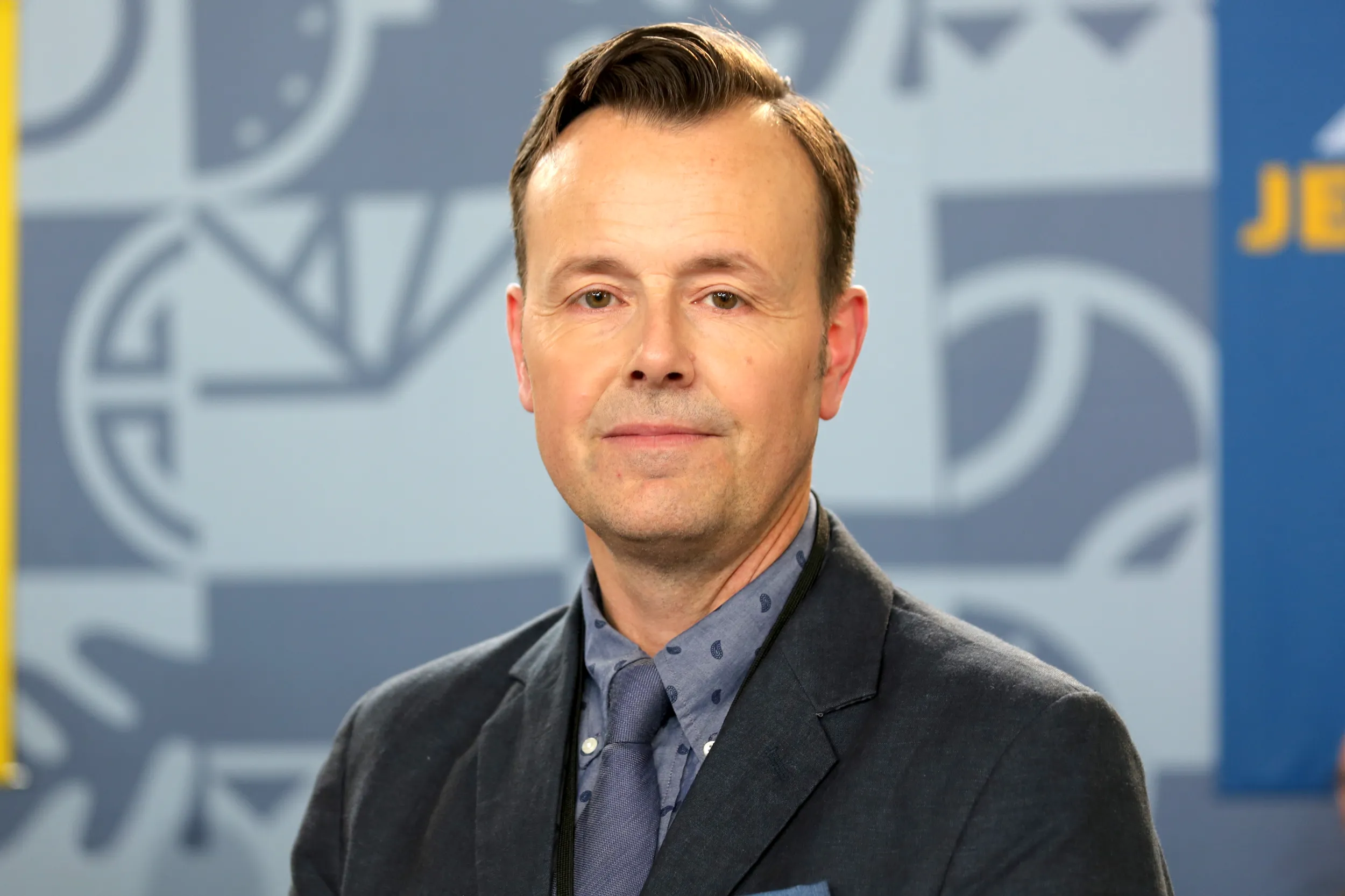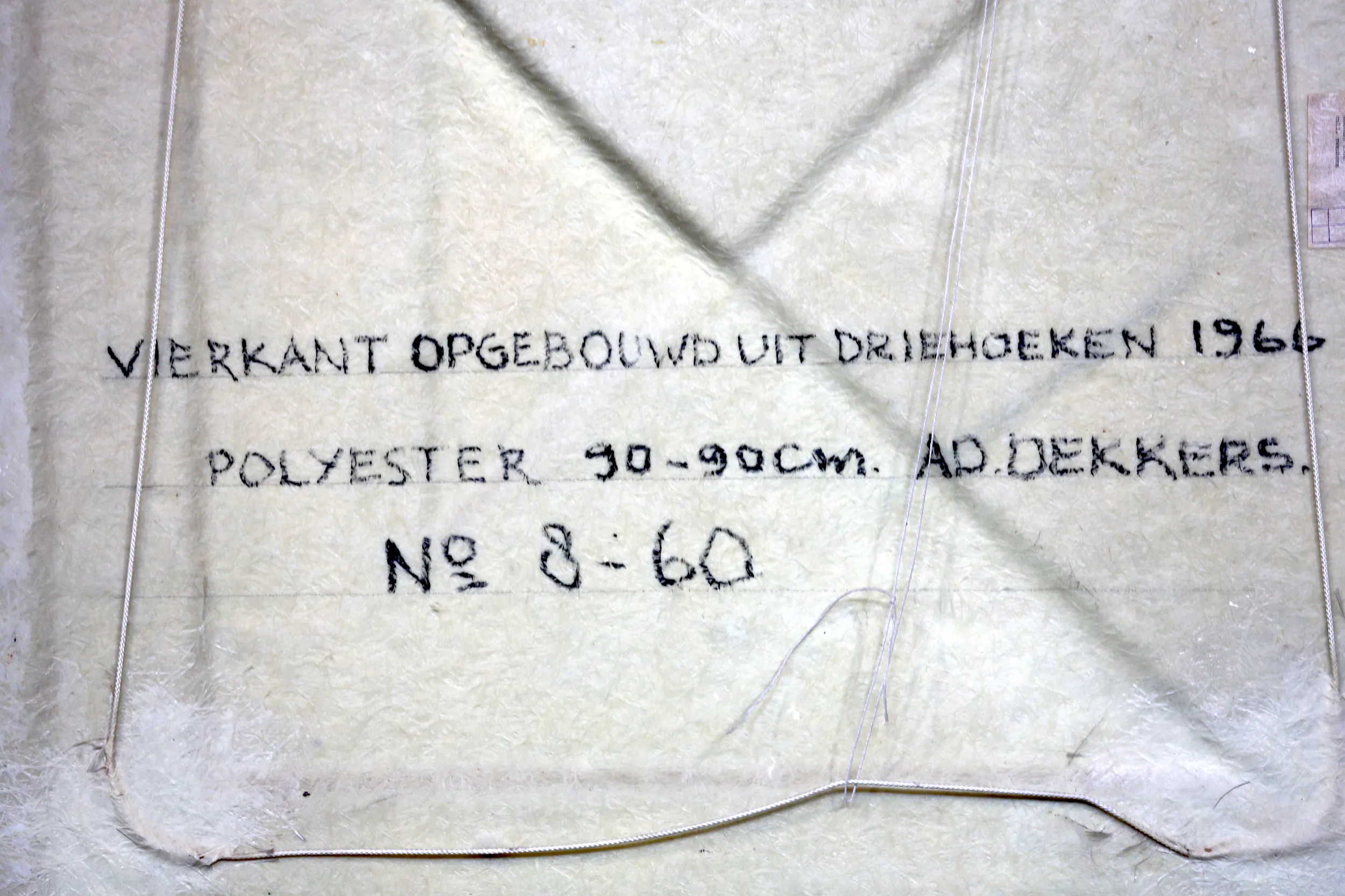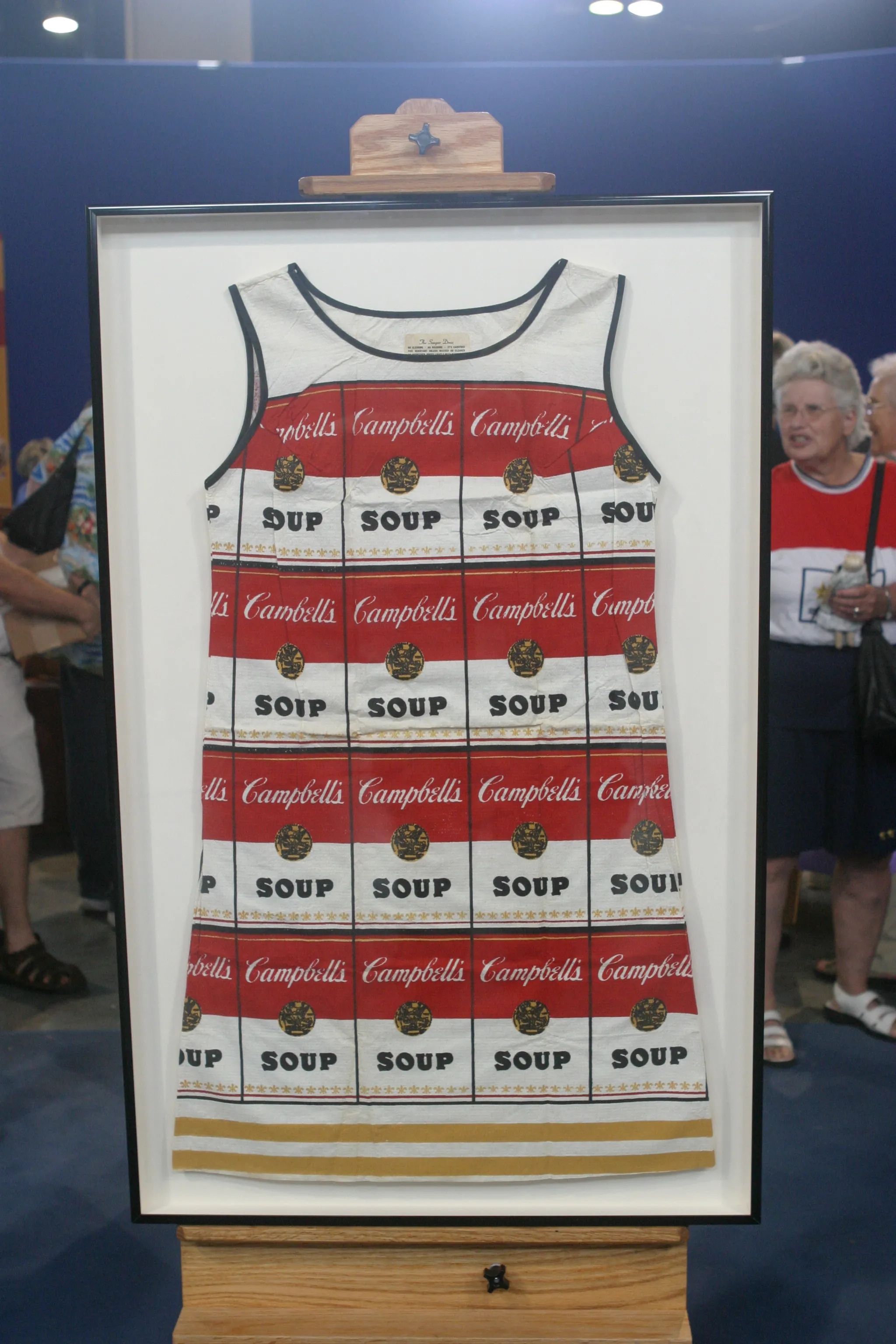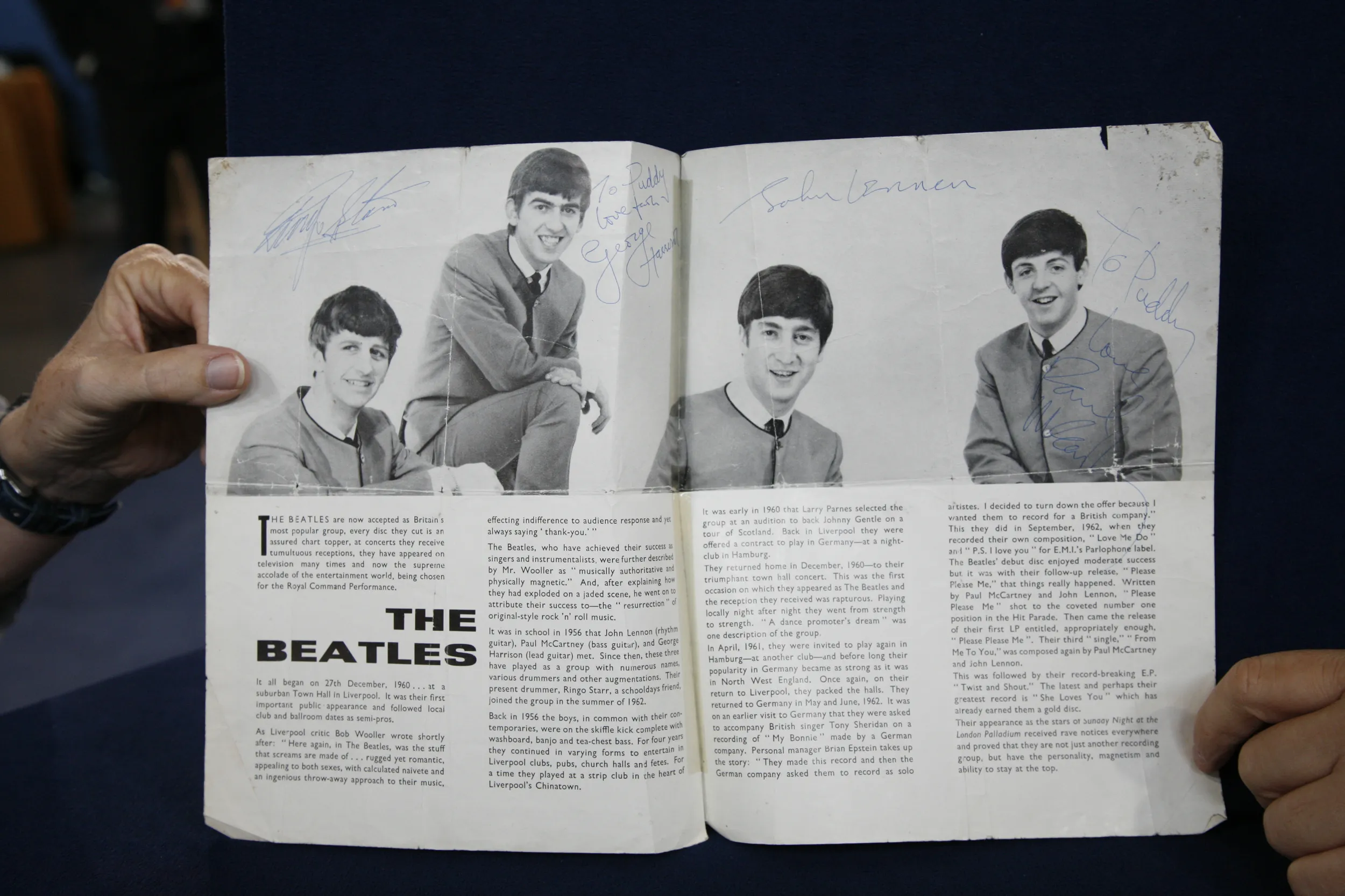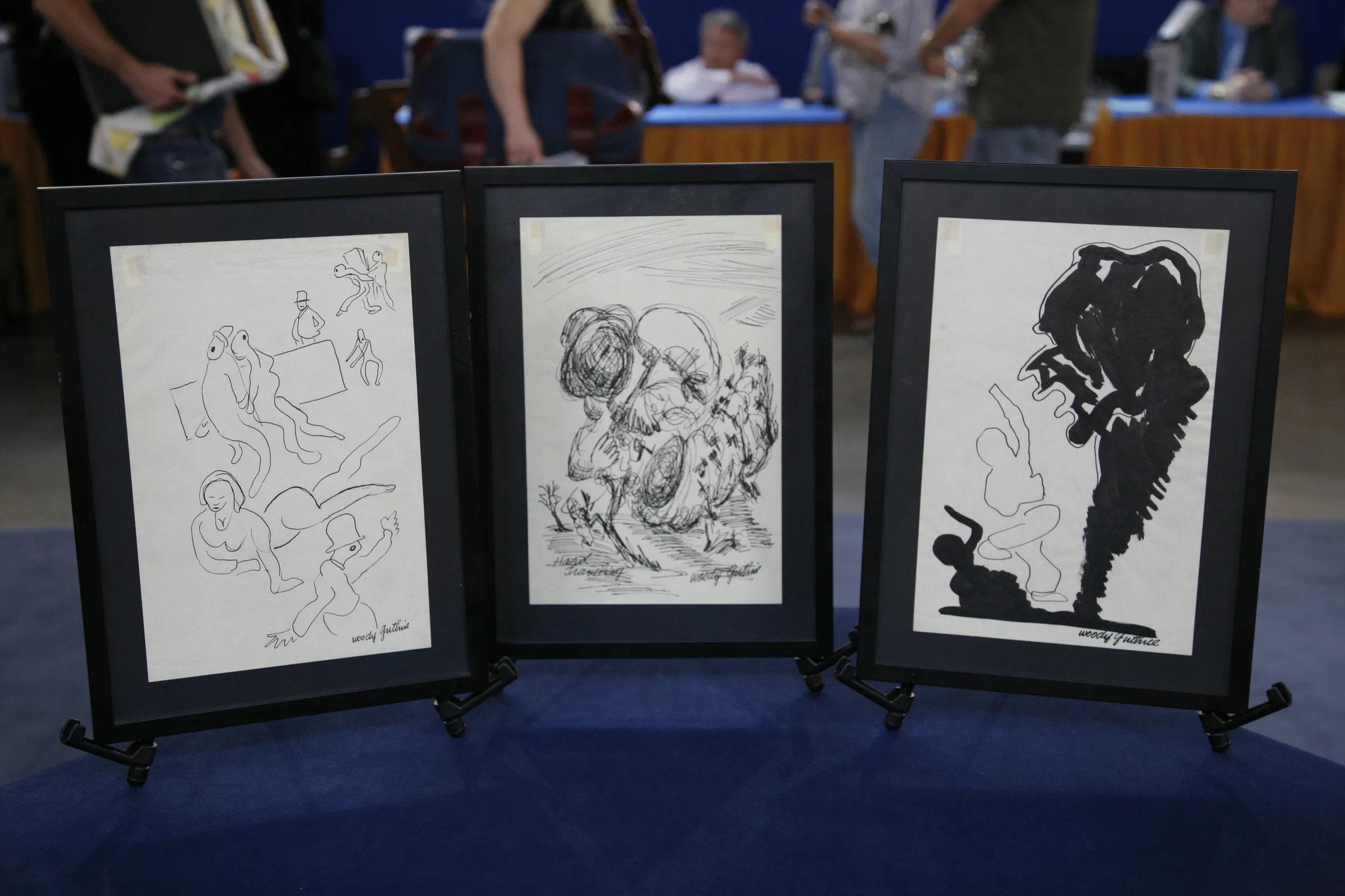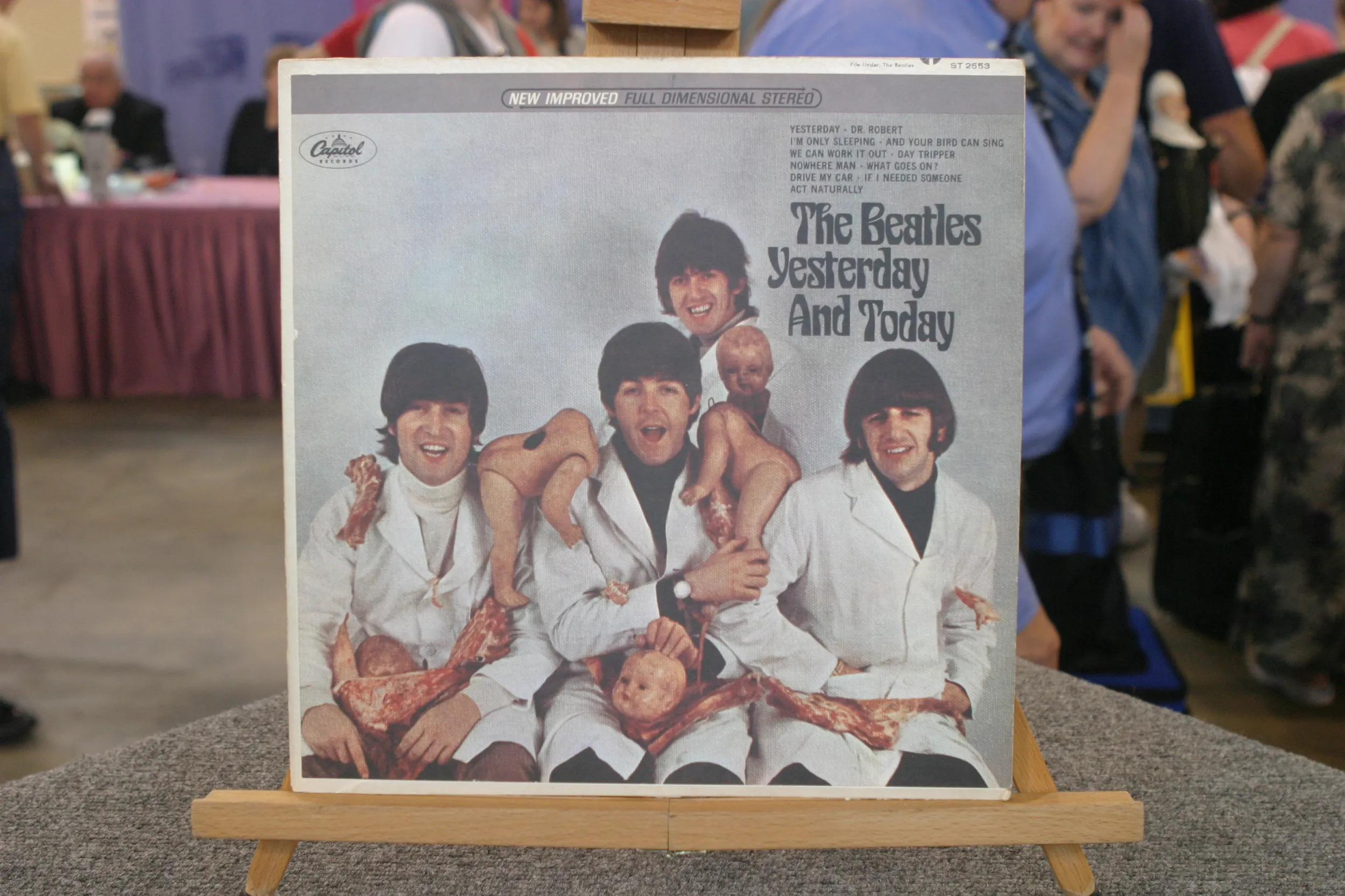GUEST: This is a piece that has been in my family that I can remember ever since I was a young boy. Grew up in the Netherlands. And it hung in my mom and dad's house for a long time. The artist is a family friend, was a family friend, and gave this piece to my mom and dad when we were living in the same town, so we were virtually neighbors, actually. My brother and I would often go over there to play with his children and to just enjoy their company.
APPRAISER: So, your family was friends with the artist.
GUEST: Yes.
APPRAISER: Do you have a particular memory that you remember from...
GUEST: Well, I was fairly young at the time, but one of the things that fascinated me as a kid is going into his home, had one of those typical Dutch homes where the downstairs was where they were living, and his studio was upstairs. And there were just a tremendous amount of geometric forms that were hanging. I think he did some casting, and he worked in some different media as well, and there were all these triangles, these squares...
APPRAISER: Stuff that's been translated into pieces like this.
GUEST: Yeah, and that's why this piece is so interesting to me, because it evokes those times.
APPRAISER: Those things you remember.
GUEST: Yeah, exactly.
APPRAISER: It's a piece by Ad Dekkers. He's a Dutch artist, primarily known in Holland, born in '38. Went to the Academy of Visual Arts in Rotterdam.
GUEST: Oh, interesting.
APPRAISER: And was trained as a traditional painter, which he sort of became disillusioned with in the early 1960s. Minimalism was emerging as an art form, as a philosophy during that time. There was a lot of exciting art happening when you look at artists like Yves Klein, who was working with not only minimalism in terms of color, also playing with texture on the canvas. Donald Judd is a famous American who was doing minimalism in the sculptural form. And so he started experimenting with these forms as well, and he didn't do a lot of work on canvas. They're mainly architectural, and have a very architectural feel when you look at the overall structure of them. On the back, it's labeled as polyester. This is a polyester resin. Now, this one's titled on the back. Do you happen to remember what the title is?
GUEST: Well, it... obviously, it's in... it's in Dutch. It says, "vierkant opgebouwd au driehoeken." It translates to "a square built up with triangles."
APPRAISER: Okay. So it literally is a description of the piece that we're looking at.
GUEST: Yes, yes it is. And it's actually interesting that you say that it's an architectural... it evokes, you know, the architectural forms. My father was an architect. And I think he was very drawn to this piece, and I believe that's probably why the artist ended up giving it to him.
APPRAISER: Sure. So this was done in '66. He died young, he died in '74, so there's really a limited quantity of works out there. The art market has moved towards contemporary and taken all this kind of contemporary art with it. A lot of the smaller ones have come onto the market. Those are in a $7,000 to $10,000 price range. For something this size, I think we're looking at a $20,000 to maybe $30,000 price range at auction.
GUEST: Oh, my goodness. Wow.
APPRAISER: It's a really phenomenal piece, really good example of Minimalism.
GUEST: Well, thank you.
